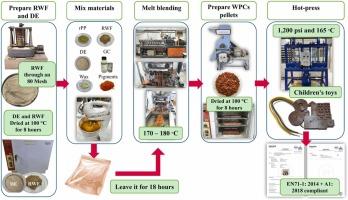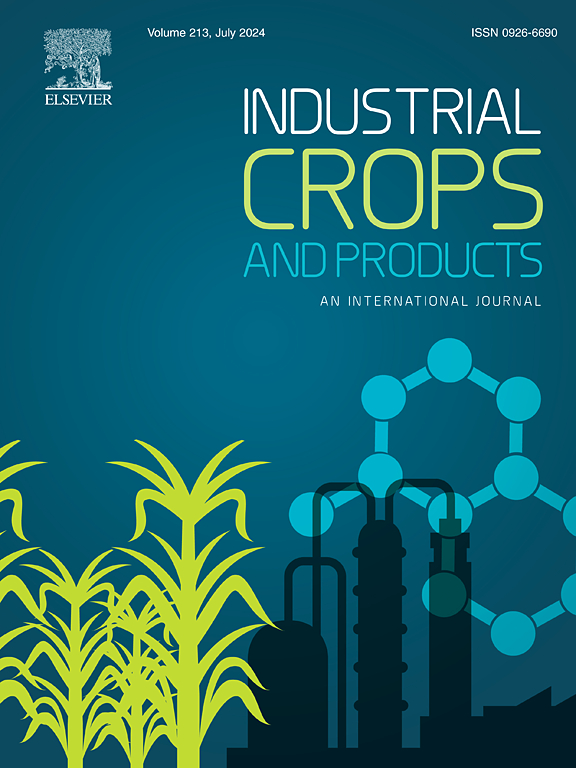Some of the properties of children's toys made from polymer composites
IF 5.6
1区 农林科学
Q1 AGRICULTURAL ENGINEERING
引用次数: 0
Abstract
Material appropriate selection for children's toys must be low-breakage, impact-resistant, and environmentally friendly. The objective of this study was to determine the optimal mixing ratio of recycled polypropylene (rPP) composites reinforced with rubberwood flour (RWF) and diatomaceous earth (DE) to develop children's toys. Wood–plastic composites (WPCs) formulations were created using D-optimal mixture experiment design and response surface method (RSM). ANOVA assessed factor significance and model suitability. Experimental results showed significant (p < 0.05) impacts of all factors on composite. The main components, rPP, RWF, DE, and Glycerol (GC), influenced flexural, compression, tensile, impact, water absorption, and hardness of the samples. DE improved the impact and flexural properties of composites when added in the amount lower 10 wt%; however, adding more than 10 wt%, but not more than 15 wt%, will only improve the flexural properties on one side. The addition of high DE content creates air voids in the material, which reduces the impact strength. To enhance the impact resistance of children's toys, it is recommended to add DE in a quantity of less than 10 wt%. GC at 3–4 wt% enhances adhesion and positively affected the compression, flexural, and hardness. The optimal formula for children's toys with adequate qualities was 55.0 wt% rPP, 30.2 wt% RWF, 8.1 wt% DE, 3.7 wt% GC, 2 wt% pigment, and 1 wt% wax. Desirability of overall properties was 0.876, indicating that the model could predict the reaction of 87.6 % accurately. Wood-plastic composite toys for kids ages three to five satisfy the mechanical and physical safety requirements of EN71–1: 2014 + A1: 2018. Based on the findings it appears that quality and safety of children's toys can be improved within the perspective of the sustainable and environmentally production of toys.

求助全文
约1分钟内获得全文
求助全文
来源期刊

Industrial Crops and Products
农林科学-农业工程
CiteScore
9.50
自引率
8.50%
发文量
1518
审稿时长
43 days
期刊介绍:
Industrial Crops and Products is an International Journal publishing academic and industrial research on industrial (defined as non-food/non-feed) crops and products. Papers concern both crop-oriented and bio-based materials from crops-oriented research, and should be of interest to an international audience, hypothesis driven, and where comparisons are made statistics performed.
 求助内容:
求助内容: 应助结果提醒方式:
应助结果提醒方式:


